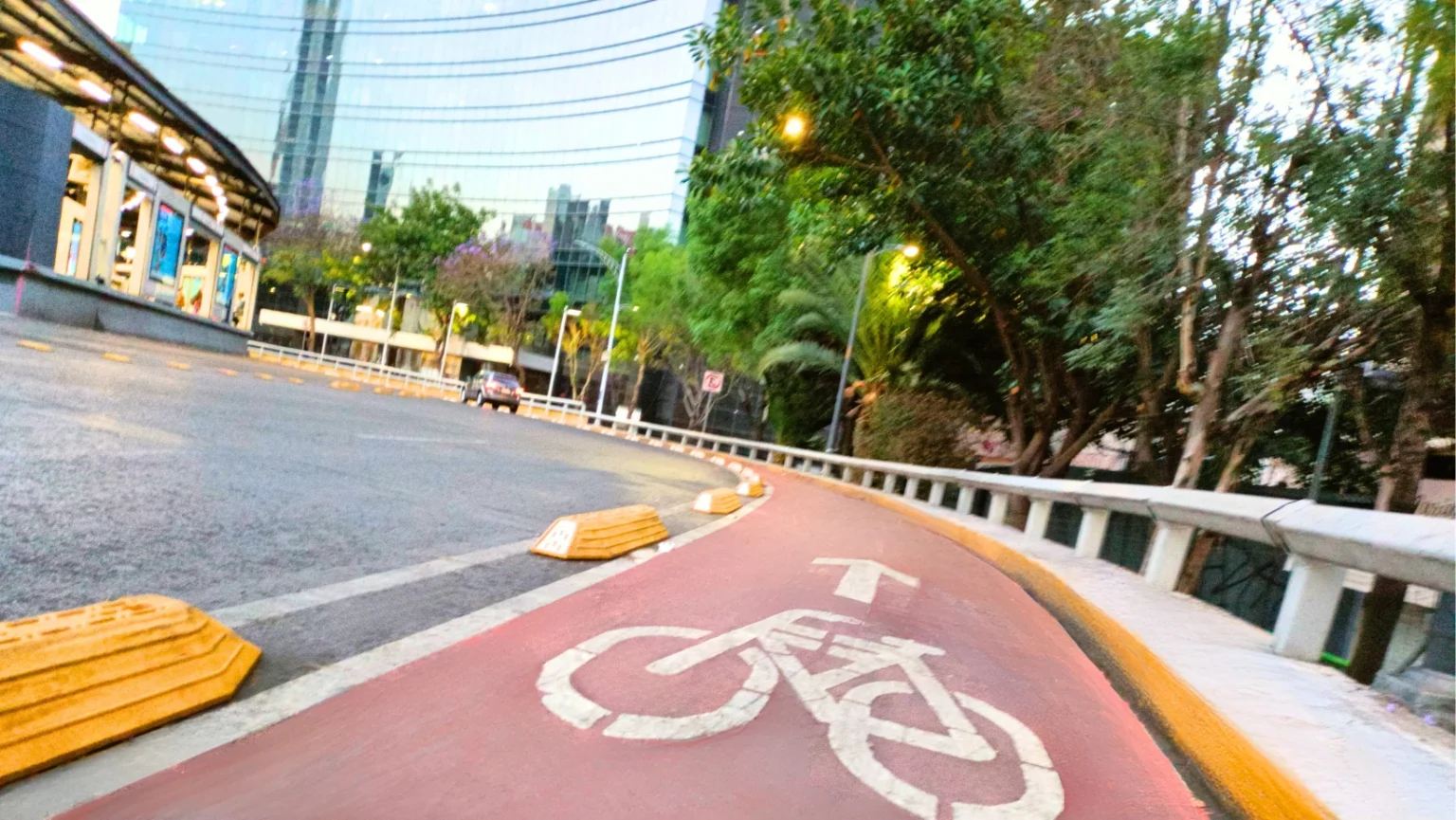
Attention cyclists! As you now, the safest route to ride is within an exclusive lane for us.
But do you know what is the difference between a bike lane and a bike path? Aren’t those the same? Maybe or maybe not. Let’s discover it…
Check your tire pressure, adjust your seat to be comfy and let’s ride together in this bike lane… or bike path?

The difference between bike lane and bike path, how is it each one?
Before talking about the differences between one and other, we must know for our fortune that bike lanes and bike paths are for cyclist safety. Their function is basically the same, even though the performance is different between one and other.
Let’s know the differences, features and particularities among both. Take your notes because some details are key for your and pedestrian safety.
Bike lane, how is it and how it works?
The plan of the bike lane is the total use of it by cyclists, meaning, for bikes to circulate within it. However, depends on the country and entity, it allows the circulation of certain non-motorized vehicles without exceeding the speed limit.
Even though, the most important feature of the bike lane is that has physical barriers that protect cyclist from automobile transit. These barriers can be confibicis, delineator posts, channelizers, pavement markers or any other device that maintain separated car lane with bike lane.

In the same way, and depending on the country traffic regulations, these are set on right or left end of avenues. Even, some of them can cover the center lane as in Argentina.
Likewise, even though the optimal thing is to have one way, both ways can coexist. In the first case, the minimum measure is 4.9 ft of width, while, if it has two ways must measure 7.70 ft of width.
Besides, in other cases, a bike lane may not have barriers, but horizontal signals, meaning on pavement. By this way, it indicates and delineates their existence painting the lane of a different color to asphalt.
Exist other bike lane types that may share the lane with the public transport. If you use these, must be carefully, due normally are buses that share the section with you.
Another main function of bike lanes, is the connection among them to create a bike lane network and interconnect with different points of view of the city and services, as the boarding points with public transportation.

Bike path, what is the difference?
The difference between bike lane and bike path may seem is just the name. However, as we mentioned before, even though is the same function, the performance it isn’t.
In addition, they have many differences. The main difference is that bike lane delineates within parks, sidewalks, squares and pedestrian crossings. This means that, while a bike lane is for exclusive use of bicycles, bike path shares the lane with pedestrian.
For that, you must ride to a reduced speed and always respect the right of way, trying to not run over to someone walking or running on this lane.
Another difference is the lack of separation by physical barriers, but it has vertical (signals) and horizontal (pavement markers and markings) signage. In addition, while bike lane is on the asphalt, bike path is made of a smoothed concrete strip.
In fact, thanks to the construction of this material, help people to run on them. For that reason, their implementation in parks and sidewalks.
About their measures, the recommendation is to have a width of 7.5 ft to 8.2 ft. in this way is possible the co-existence between cyclists and pedestrians.

The difference between bike lane and bike path, in summary…
Now that you know the differences between bike lane and bike path, both the physical aspects and the functional ones.
But, in short, we can say that:
Bike lanes are exclusive lanes for bikes set on avenues and have physical separators to maintain them separated from vehicle transit. The bike paths on the other hand, are constructed on sidewalks and parks, besides, don’t have physical barriers to share them with pedestrians.
Fun fact
Now that we know the similarity and difference between a bike lane and a bike path, maybe you should know that while Bogotá was the country that provided the term bike path and bike route, other Latin American countries such as Mexico, Perú and Brazil use the term cycle path to call basically to all the bike lanes.
On the other hand, in Argentina, Paraguay and Uruguay is more common the bike path term to refer to the exclusive tracks for bikes.

